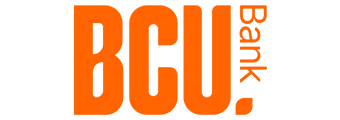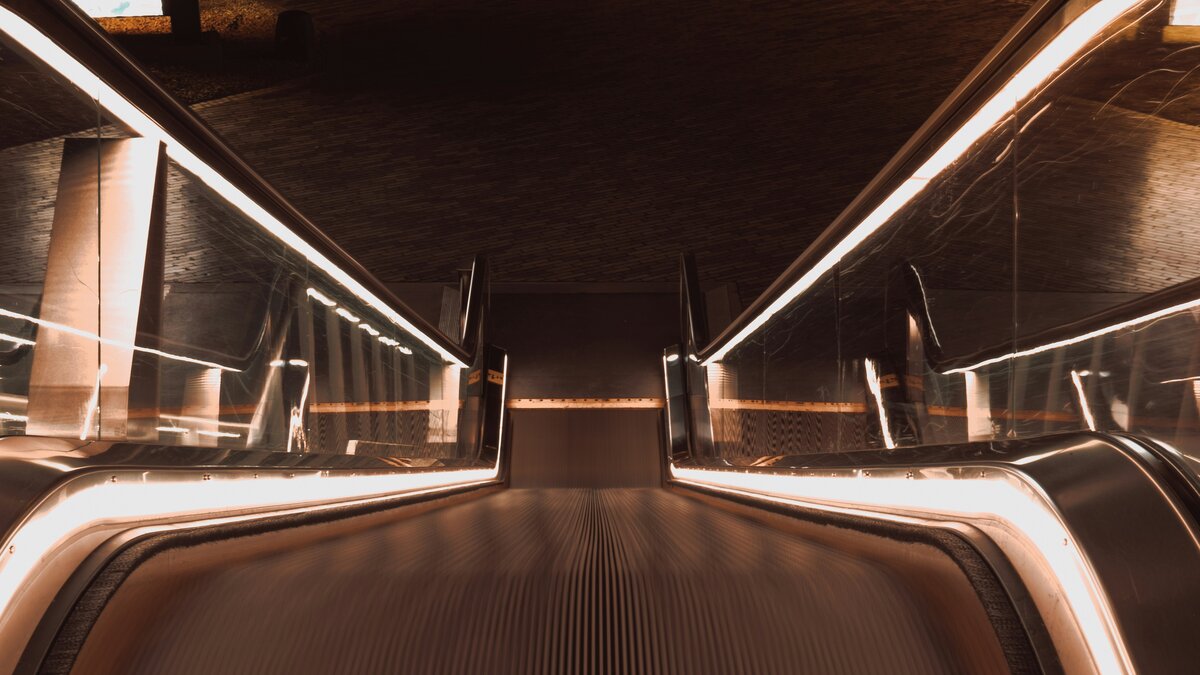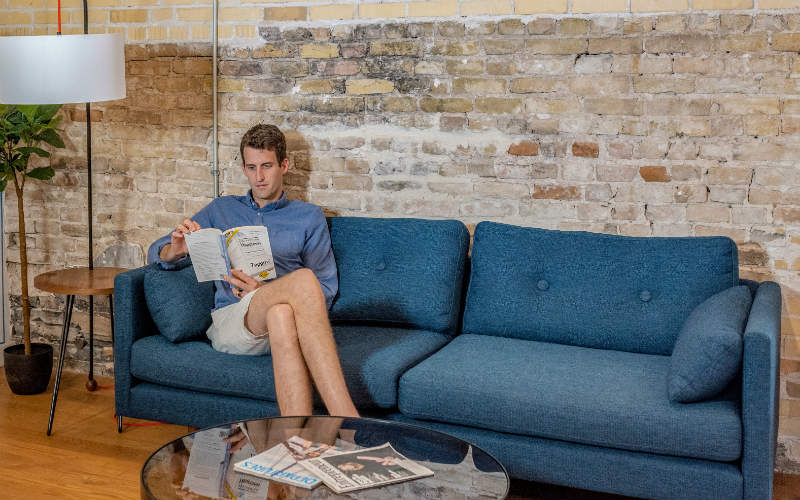A 95% loan-to-value ratio (LVR) essentially means you have a 5% deposit for a home loan, and the bank or lender lends you the rest. So, on a $700,000 property, you'll need a $35,000 deposit, with your lender providing a loan of $665,000.
Before the Global Financial Crisis of 2007-09, and later the Hayne Royal Commission of 2018-19, it wasn't uncommon for banks to loan more than this. However, 95% LVR is about the maximum you'll be able to find in the mainstream lending market these days.
See also: Is it possible to buy a home with no deposit?
As property values continue to climb, saving only a 5% deposit is a tempting prospect, especially as it means you can get into the market sooner. However, there are a few considerations to weigh up.
Advantages of 95% LVR Home Loans
Less time taken to save for a deposit
Saving money for a deposit can be a long and tedious process. By saving for a deposit of only 5%, you effectively spend less time saving. It also means some of the money you were intending for a bigger deposit can be diverted to other assets or investments, such as shares, or an emergency fund to leave in a high-interest savings account.
Domain's First Home Buyer Report 2024 found it takes first home buyers almost seven years to save a 20% deposit for an 'entry level house' in the Sydney market. Saving 5% would theoretically take only a quarter of that time.
Get into market sooner
With less time required to save, you can own a property sooner and potentially start realising capital growth. Seeing your home appreciate in value could even compensate for paying Lenders Mortgage Insurance (LMI) (generally required for home loans with less than 20% deposit) and a potentially higher interest rate that can be applied to low-deposit home loans. (However, it should be noted that capital growth isn't always guaranteed.)
Take advantage of the First Home Guarantee (FHBG) and other schemes
The First Home Guarantee is a federal government initiative allowing first home buyers to secure a 95% LVR mortgage without having to pay LMI. This is a saving of potentially tens of thousands of dollars. However, places in the program are capped, and participants must meet eligibility criteria.
There are also federal government schemes to guarantee loans under the Regional First Home Buyer Guarantee and the Family Home Guarantee for single parents (who can qualify with a deposit as low as 2%).
State and territory governments also have various initiatives granting money and other concessions to first home buyers.
Refinance after you build up equity
Equity is essentially how much of the property's value belongs to you - that is, the value of your property minus what you owe on the mortgage. Chances are after a year or so, you could refinance with 20% equity under your belt, and attain a more competitive home loan rate. Of course, if you're still locked into a fixed-rate home loan, you probably won't be able to do this, unless you're willing to pay break costs.
Disadvantages of 95% LVR Home Loans
Paying Lenders Mortgage Insurance (LMI)
As we've touched on, LMI is a pesky insurance premium you pay with the cost of it going up as the lender assumes more risk. This insurance covers the lender, but the borrower has to pay it. According to Savings.com.au's LMI calculator, a 5% deposit on a $700,000 owner-occupied home could mean an LMI premium of more than $36,000 for a 30-year loan term.
Larger Repayments
LMI is often capitalised into the loan itself, resulting in higher loan repayments. On top of that, you're also paying back 95% of the property's value, as opposed to 80% or less, which makes for heftier fortnightly or monthly repayments.
Higher Interest Rates & More Interest Paid
As the lender assumes more risk, you're more likely to face a steeper interest rate. Also, as you're paying back 95% of the home's value (which attracts interest), you're going to pay much more interest over a 30- year term than across lower LVRs.
As an example, if you borrowed 95% for a $700,000 home at 6% interest over 30 years, you'd be up for an extra $95,000 in interest over the term of the loan than if you'd had a 20% deposit.
Risk of Property Prices Going Backwards
While this is true for any LVR, property prices going backwards is always possible, despite how strong Australian property markets may seem. Owing more on the home than it's worth is called negative equity. While only a problem if you're willing to sell, negative equity is not a nice feeling. And if you think of your deposit as a buffer to negative equity, less deposit equals less buffer, and there's more risk if property prices head south.
Finding the best deal
If you're thinking a 95% home loan might be a good option for you, it's important to secure the lowest interest rate and the terms and conditions that are going to best suit your circumstances. The table below features some of the lowest rate 95% LVR (5% deposit) home loans on the market.
| Lender | Home Loan | Interest Rate | Comparison Rate* | Monthly Repayment | Repayment type | Rate Type | Offset | Redraw | Ongoing Fees | Upfront Fees | Max LVR | Lump Sum Repayment | Additional Repayments | Split Loan Option | Tags | Row Tags | Features | Link | Compare | Promoted Product | Disclosure |
|---|---|---|---|---|---|---|---|---|---|---|---|---|---|---|---|---|---|---|---|---|---|
5.74% p.a. | 5.75% p.a. | $2,915 | Principal & Interest | Variable | $null | $null | 95% | ||||||||||||||
6.04% p.a. | 6.06% p.a. | $3,011 | Principal & Interest | Variable | $0 | $195 | 95% | ||||||||||||||
6.04% p.a. | 6.07% p.a. | $3,011 | Principal & Interest | Variable | $0 | $300 | 95% | ||||||||||||||
6.34% p.a. | 6.62% p.a. | $3,108 | Principal & Interest | Variable | $295 | $0 | 95% | ||||||||||||||
6.40% p.a. | 6.45% p.a. | $3,128 | Principal & Interest | Variable | $0 | $745 | 95% | ||||||||||||||
6.49% p.a. | 6.84% p.a. | $3,157 | Principal & Interest | Variable | $0 | $0 | 95% | ||||||||||||||
6.54% p.a. | 6.56% p.a. | $3,174 | Principal & Interest | Variable | $0 | $210 | 95% | ||||||||||||||
6.59% p.a. | 6.63% p.a. | $3,190 | Principal & Interest | Variable | $0 | $0 | 95% | ||||||||||||||
6.89% p.a. | 7.28% p.a. | $3,290 | Principal & Interest | Variable | $395 | $350 | 95% | ||||||||||||||
7.15% p.a. | 7.18% p.a. | $3,377 | Principal & Interest | Variable | $0 | $0 | 95% | ||||||||||||||
6.94% p.a. | 6.97% p.a. | $3,306 | Principal & Interest | Variable | $0 | $350 | 95% | ||||||||||||||
6.94% p.a. | 7.18% p.a. | $3,306 | Principal & Interest | Variable | $248 | $350 | 95% | ||||||||||||||
7.09% p.a. | 7.09% p.a. | $3,357 | Principal & Interest | Variable | $0 | $0 | 95% | ||||||||||||||
7.49% p.a. | 7.85% p.a. | $3,493 | Principal & Interest | Variable | $null | $400 | 95% | ||||||||||||||
7.49% p.a. | 7.61% p.a. | $3,493 | Principal & Interest | Variable | $10 | $150 | 95% | ||||||||||||||
7.79% p.a. | 7.82% p.a. | $3,596 | Principal & Interest | Variable | $0 | $635 | 95% | ||||||||||||||
7.59% p.a. | 7.61% p.a. | $3,527 | Principal & Interest | Variable | $null | $400 | 95% |
Photo by Jason Briscoe on Unsplash

Ready, Set, Buy!
Learn everything you need to know about buying property – from choosing the right property and home loan, to the purchasing process, tips to save money and more!
With bonus Q&A sheet and Crossword!


















 Harry O'Sullivan
Harry O'Sullivan

 Denise Raward
Denise Raward

 Rachel Horan
Rachel Horan

